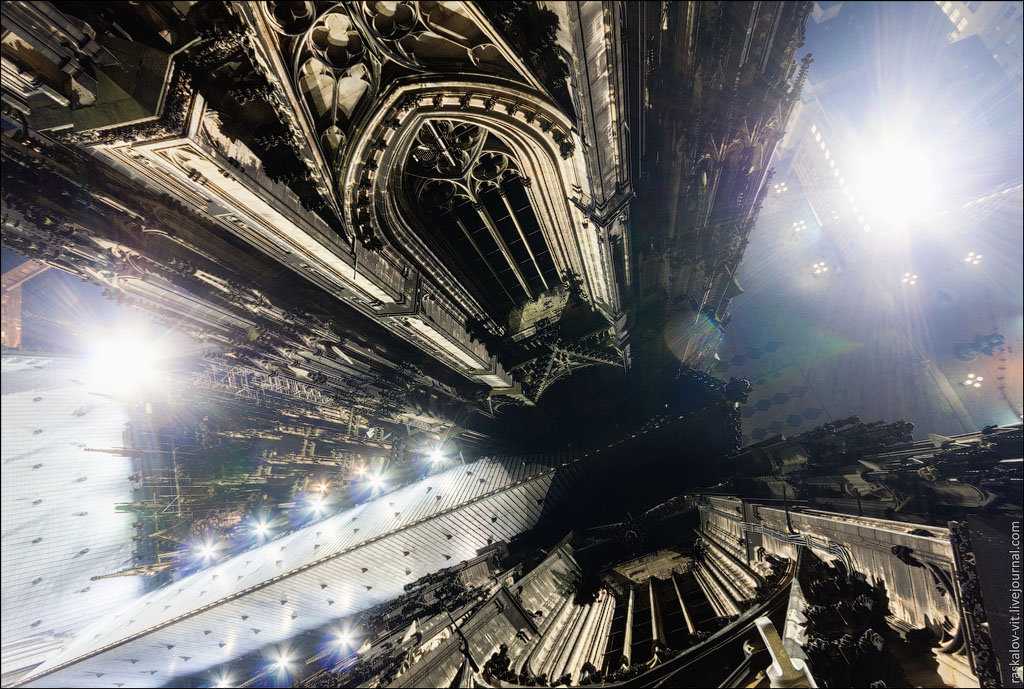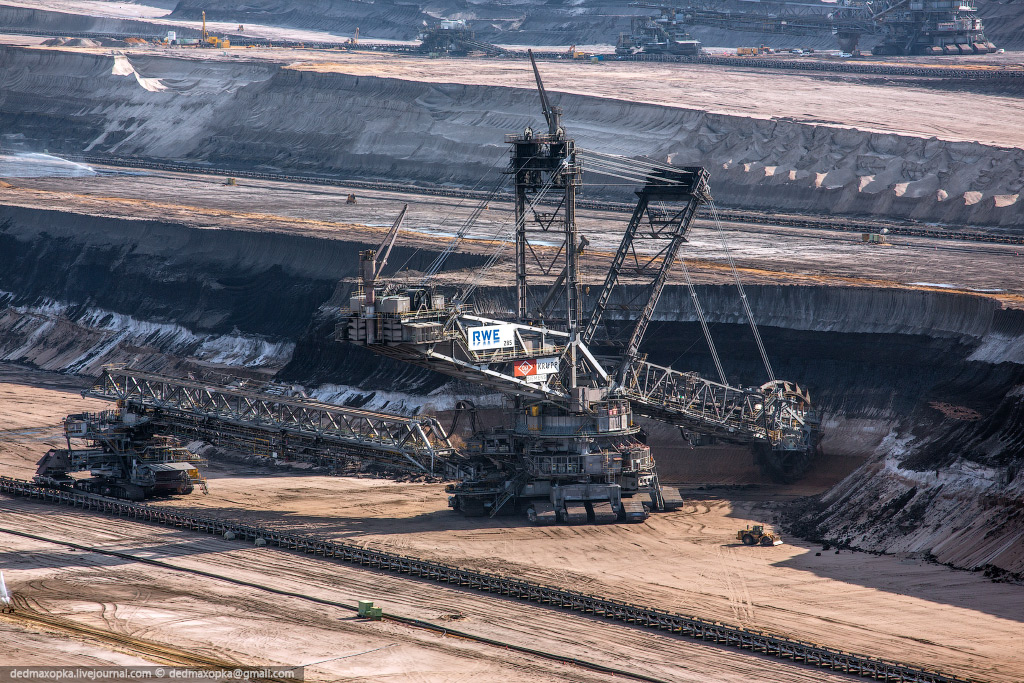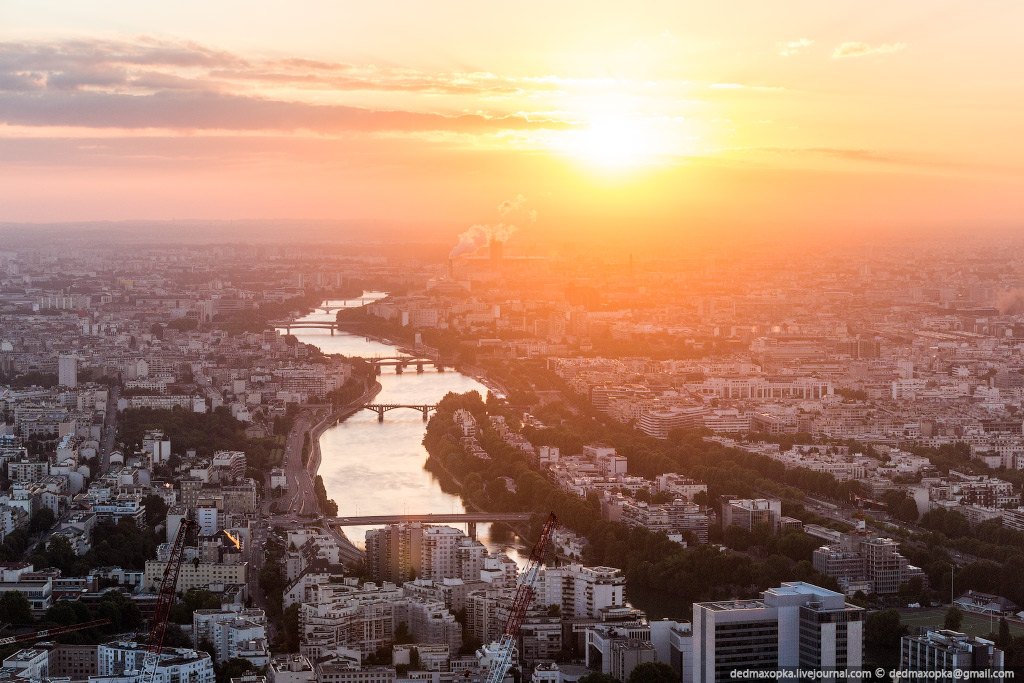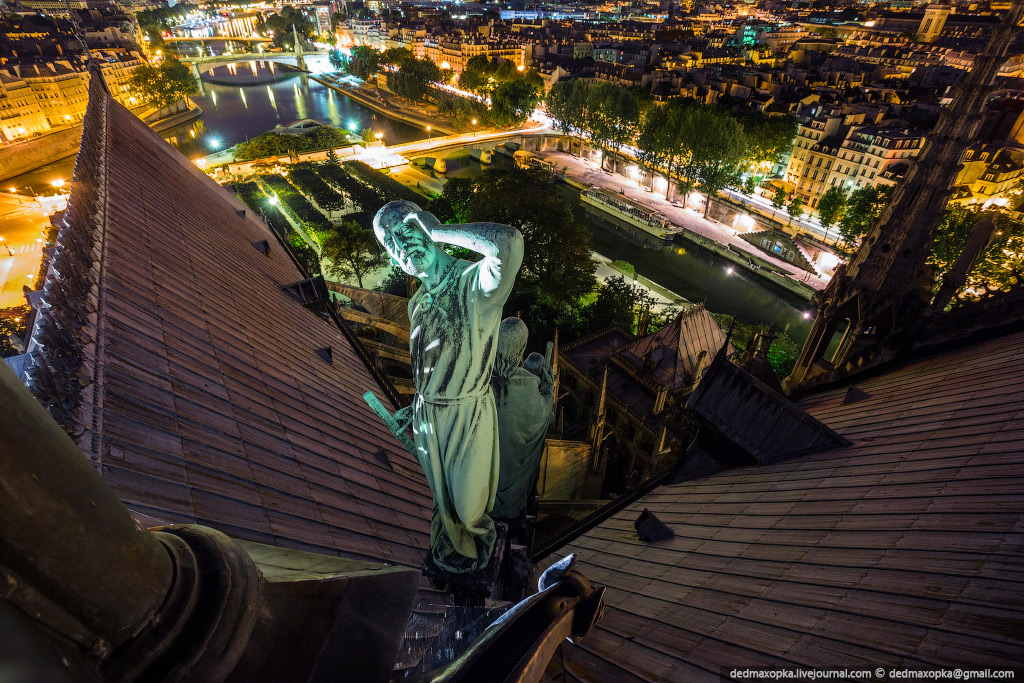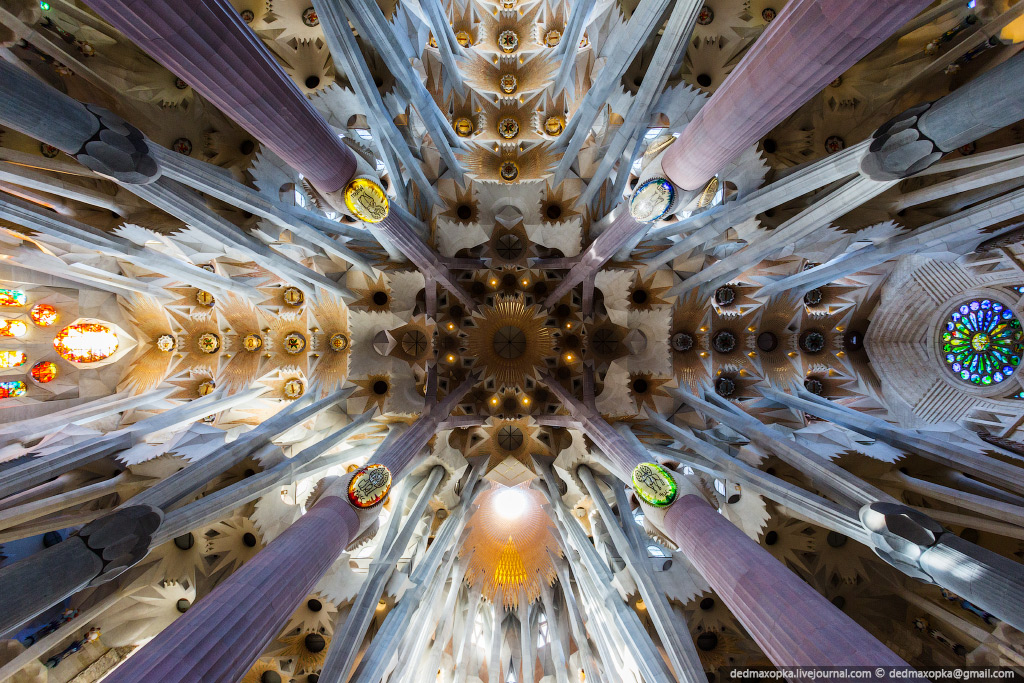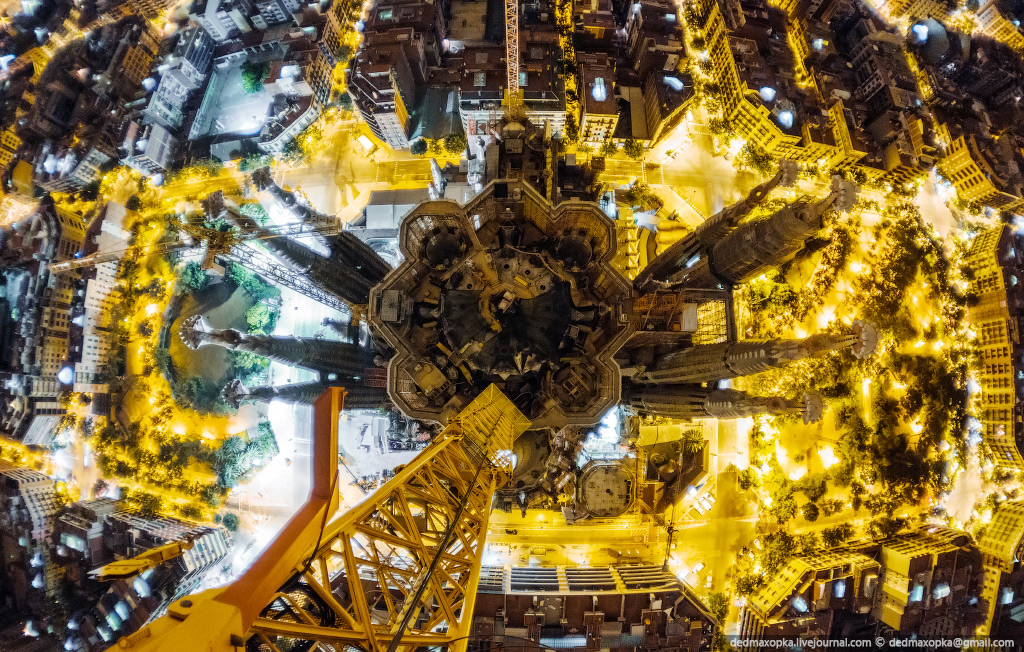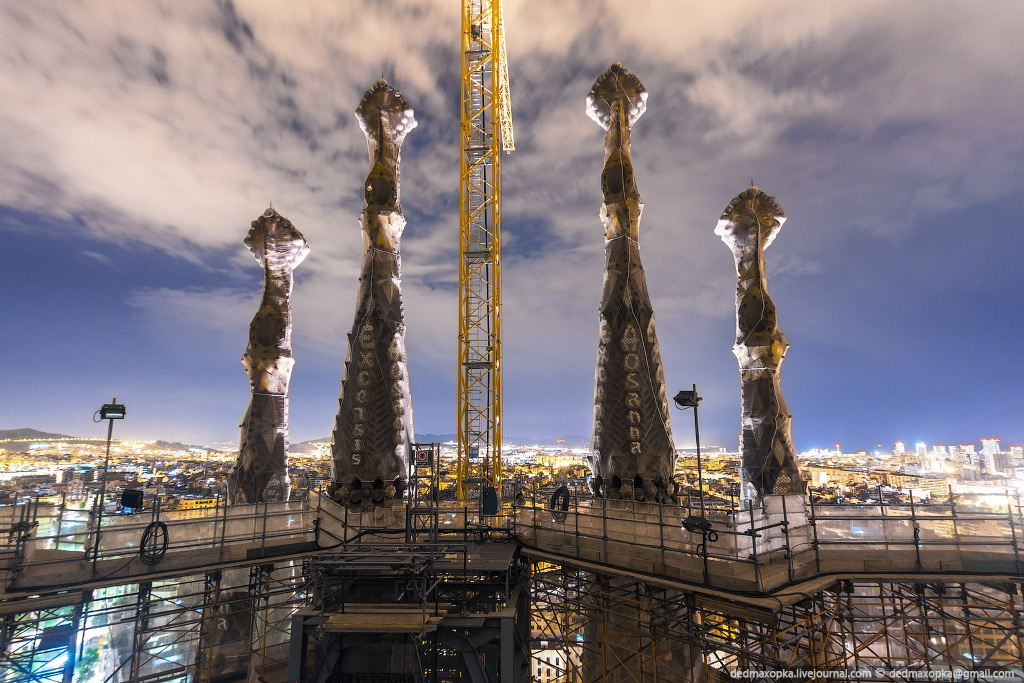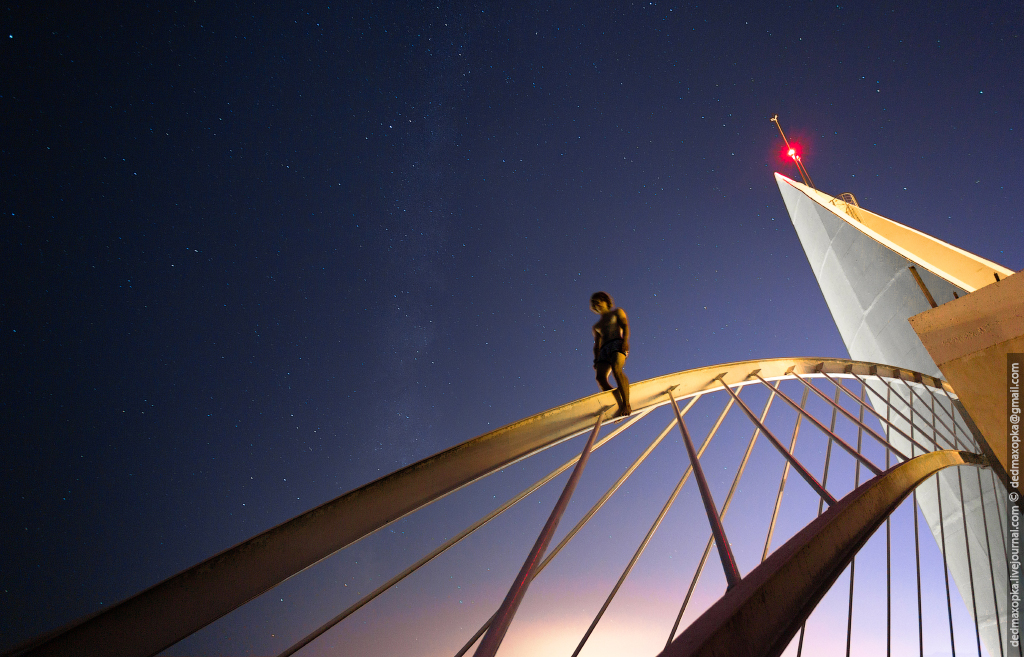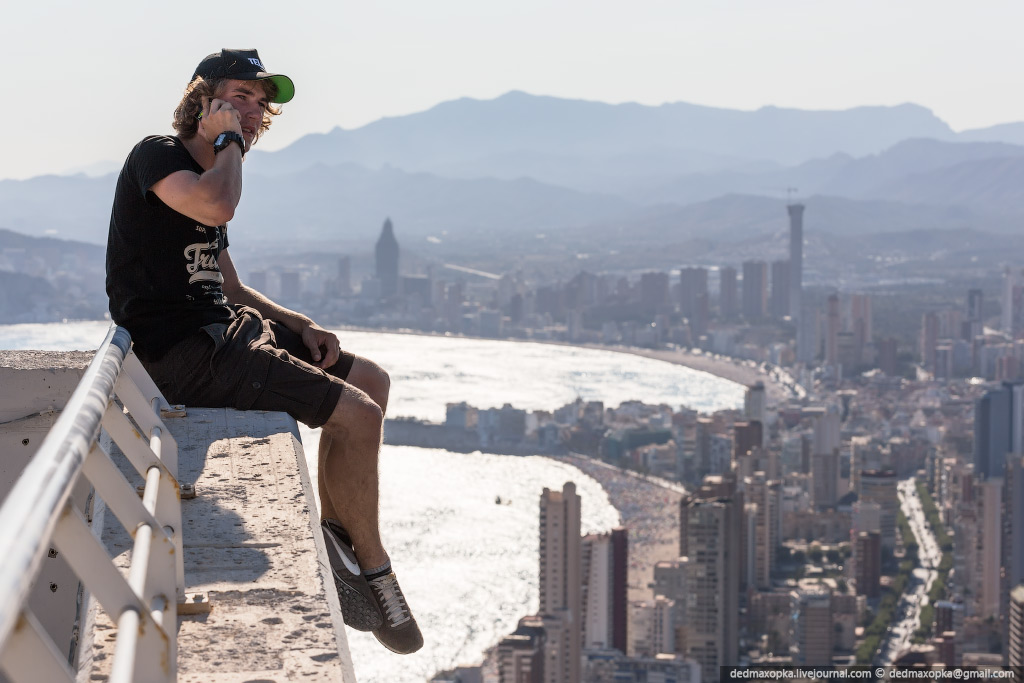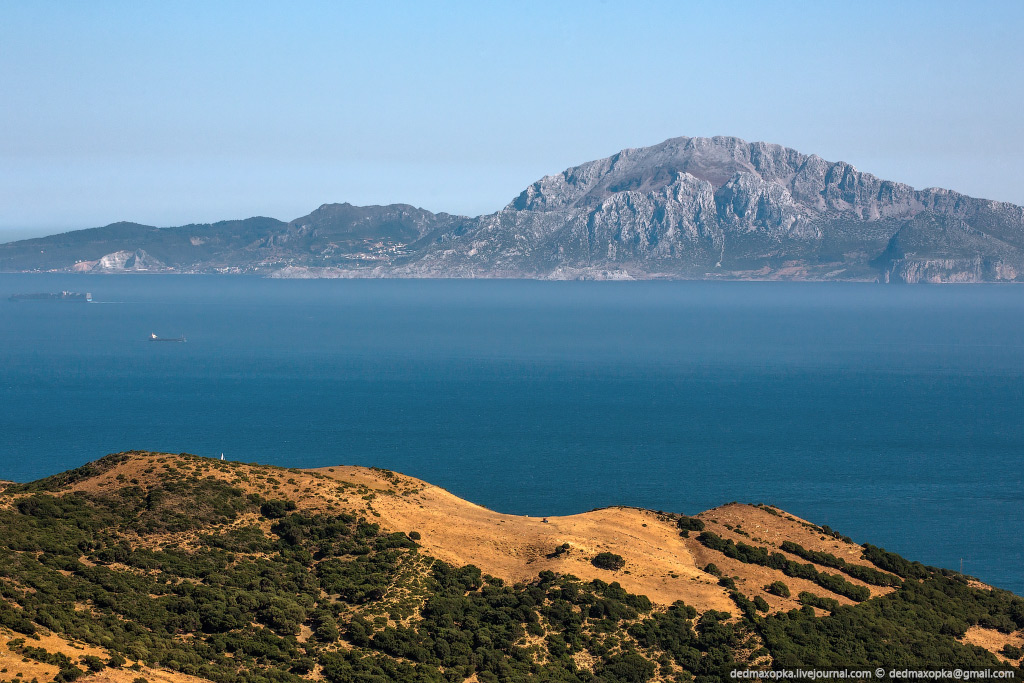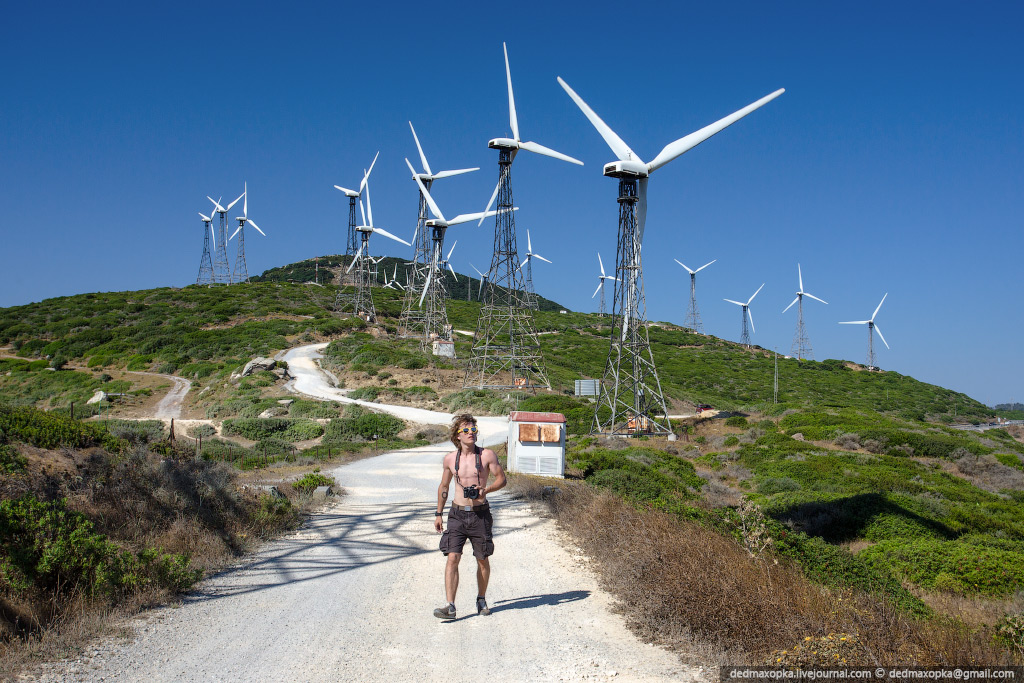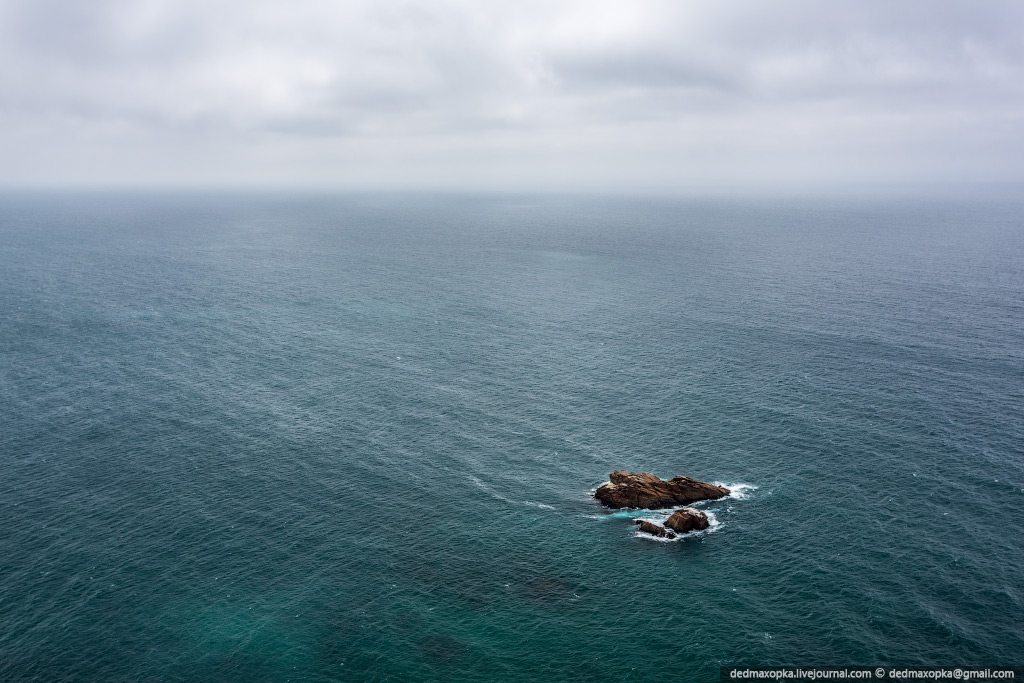Hello everyone! Today I want to tell you the story of our month-long journey across Europe. From this post you will get to know about all the difficulties we had to face and pick up tips on unusual travel in the biggest European cities.

My travel partner Vitaliy Raskalov and I decided to organize the trip together. The idea was to go from Sweden to Portugal and to visit 12 cities on our way. As in our past journeys (e.g. Cairo and Dubai), we looked for roofs, dungeons, etc.
This idea of extraordinary tourism seemed interesting to the guys from the mobile company TELE2 and so we happened to have a cool sponsor. We were testing the quality of mobile connection during our entire trip: we broadcasted live on the radio, called family and friends.
Even before I finished my post, British Daily Mail and The Guardian has already written about our adventures, picking up the story from the Russian mass media. You are to judge how interesting our journey turned out. So let’s start.

Our first stop was Stockholm, and there were two reasons for it. First, Sweden is TELE2 home country, and second, a local journalist wanted to write a story about us.
Stockholm is a beautiful but boring city. It didn’t match our purposes at all: The city itself is low and doesn’t have many tall landmarks. And those that do exist are equipped with viewing platforms, opened for everybody.


5. Later I’ll blog again about the Stockholm Subway.


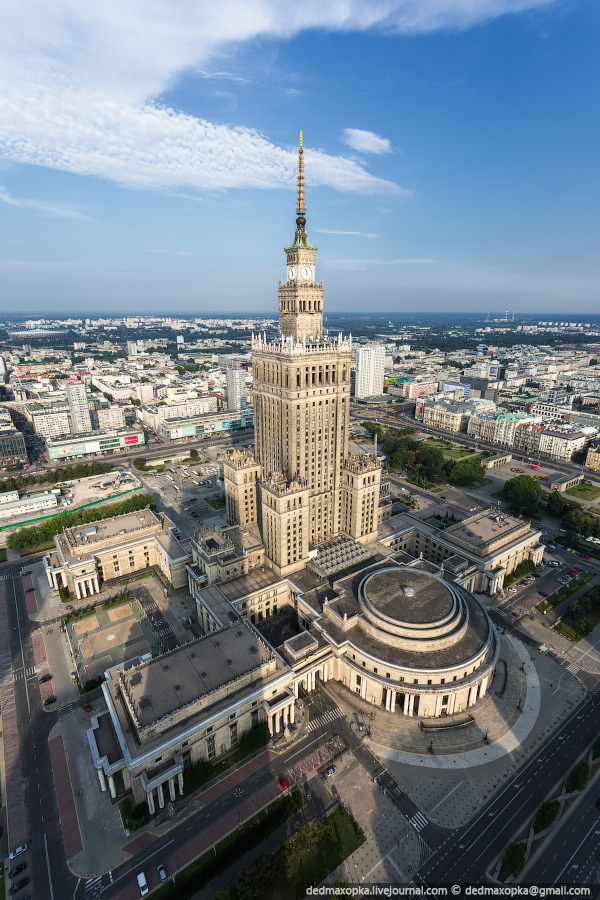
9.
10.

12. Cable-stayed bridge over the Vistula.
13.
14. Warsaw's Old Town.
We were lucky: the largest church in the Old Town was covered with scaffolding, so we were able to climb to the very top, to the cross.

After a mug of delicious dark beer “VelkopopovitskyKozel” we embarked on our adventure.

17. On the second day we saw this cathedral and realized what we want to do in Prague.
Climbing the St. Vitus Cathedral is the main fail of our trip, but we leave with no regrets. This cathedral was partly covered with scaffolding. We didn’t have enough time to wait until it gets dark, so we had to climb in the middle of the day. Luck doesn’t always work in these cases.
Thirty minutes after we climbed to the top of the Cathedral we saw military and police officers on the roof. It’s not too hard to guess who they were looking for. Unfortunately, all our attempts to hide were unsuccessful and shortly we got arrested and escorted to the police station.

19. The Cathedral is located on the territory of the Old Palace just next to the Parliament building.

20.


At one point we had to walk past a gathering of homeless people. Fifty bums stood there, gesticulating and exuding strong odors.

24. View from the balcony of Lindner Main Plaza hotel. If you have 60 euros you can get a permit to take some pictures. Of course we didn’t pay anything. But we also didn’t know the price for shooting until a photographer accompanied with concierge came over. He started complaining that we haven’t paid yet.
25. We didn’t argue – we just got to the very top, the roof.
The Cologne Cathedral impressed us in all kinds of ways. It was constructed from 1248 until 1880 or so. By the time it was finished the 157-meters high cathedral was the highest building in the world, and held that record for several years.

27. During the World War II, when the Allied bombing destroyed almost the entire city, the Cologne Cathedral was the only monument that didn’t get damaged. By unwritten agreement of the pilots,the Cathedral was cherished as a geographical landmark.
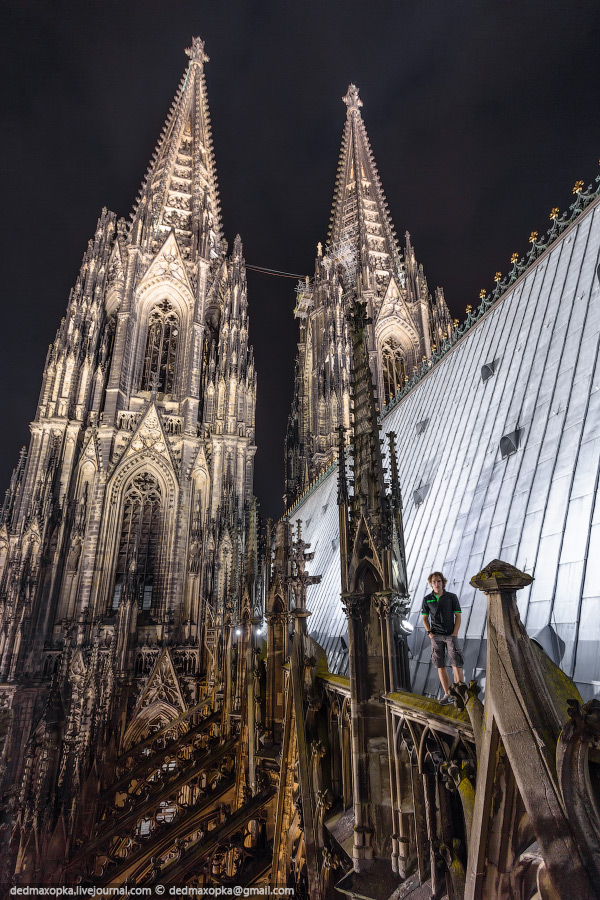

30. First we got into the small central cupola, which offered us views of the roof and the two main towers.

32.
33. From the balconies a ladder took us all the way to the spire.
34. View from the top. It’s difficult to explain the feelings that I had at the top. At one point, I even felt scared, but the sense of excitement was stronger.
35. The neighboring steeple.
36. Inspired, we set off from Cologne to its suburbs in search of the legendary machine Bagger 288.
37. What is Bagger 288? Until recently, it was the largest bucket wheel excavator in the world. And when they say the largest, this means giant. Just look at its ladle rotor 21.6 meters in diameter– it’s the height of a 7-storey building! The excavator itself has a height of 96 meters, a length of 240 meters and weighs as 2,250 African elephants: 13,500 tons.
38. There will be a separate post about the Baggers.
39. Then there was Paris.

First couple of days we did what the other tourists do -went round all the coolest viewing spots. We visited the Basilica of the Sacre Coeur, the Eiffel Tower, Mount Parnassus, Notre Dame and identified points for roofing.

42. Basilica is located on the hill of Montmartre and from there on a clear day one can see the entire Paris.
43. We escaped the official observation point and strolled around the roof of the church.
44. And also we got into the dome.
45. Notre Dame de Paris. The view from the observation point.
46. Gargoyles.
47. A shot with the legs from the Eiffel Tower. By the way, the views from the Eiffel Tower are the best views in Paris.

49.
50. While we were shooting the sunrise, Vitaliy climbed on the crane.
51. Second place that we climbed with Vic was the Notre Dame de Paris, but not the tourist area.
52. The remarkable thing about getting on this cathedral is that you can climb right on the façade. It’s exciting but dangerous. Vitaliy tried first, and then disappeared for quite a while. Worrying that something could happen to him, Vic and I started to develop an alternative plan of ascent. Using the 5-meter-hight ladder we got on to the roof and really scared Vitaliy. He thought it was the police coming to catch him and was preparing to escape.
53.
54. In addition to the roofs we visited the ghost subway station St. Martin. The entire station is covered with graffiti and homeless people live there in the winter.
55. All the subway tunnels are covered with graffiti.
56.
57. Before we will say good bye to Paris here are two romantic pictures with the Eiffel Tower.
58.
59. After Paris, we went to Barcelona. We had a purpose – to climb up to the main attraction of the city, the Temple of the Holy Family (Sagrada Familia).
60. For roofing purposes, Barcelona offers little except for the Sagrada Familia. The city is flat and ordinary. But Barcelona is very pleasant to walk around, it's a great place to stay. If you’ve been to Barcelona, you understand what I’m talking about.
61. When I got inside the Sagrada Familia, I was very impressed. I’ve never seen such beautiful and unusual interiors. But the cathedral is impressive not only with its interiors, but also with its forms, stucco and unusual design of statues on the facade.
62. I will write a separate post about the Temple of the Holy Family, too.
63. We had two main purposes for the Sagrada Familia: to get to the top of the tower and to the crane that rises over the temple. First we’ve climbed the tower. It was a piece of cake, we just had to lag behind the crowd and crawl beneath the door leading upstairs.
64. The second part was more difficult.
65. We got onto the crane in the night. At 2 AM we jumped over the fence. Using scaffolding like ninjas we climbed to the top of the crane in half an hour. The crane is about 50 meters higher then the temple. From the top of it you get the view of entire Barcelona.
66. Climbing, we were terrified when crane began to spin slowly on its axis and turned 90 degrees. It took us a short while to realize that the culprit was the wind. The crane turned like a weathercock. You can see Vitaliy in this shot, he is posting something on Instagram or checking Twitter.
67. We were told that the Sagrada Familia is the most secure location in Europe, and there is no way we could possibly climb there. But we did.
68. In Barcelona we rented a car. The plan was to drive 3200km. Our route passed through the southern coast of Spain, Portugal, and ended in Madrid.
69. After Barcelona we went to Benidorm. We hadn’t booked a hotel and it was already dark when we got there. We decided to spend the night on the roof. We climbed the highest building in town with the coolest views in the city. The next morning we woke up and the city of Benidorm and the Mediterranean Sea were beneath our feet.
70. Benidorm is a resort town. The number of buildings over 20 stories is the largest in Europe.
71. This whole trip we were really lucky with the weather. It rained only once, in Paris. The rest of the time it was hot. In Benidorm and all the cities that we visited after the temperature was 35 C. We enjoyed our time in the pools and in the Mediterranean Sea (and later in the Atlantic Ocean).
72. Vitaliy is calling home. Talking about the mobile connection, it was great, doesn’t matter if we were on top of the skyscraper or under the groud.
73. Another interesting site was the Strait of Gibraltar. We first arrived in Gibraltar, but it turned out that we could only get there with the UK visa, as this was British overseas territory. We didn’t despair, we just headed to Tarifa – a small town in the south of Spain. It’s located at the narrowest point of the Strait, so we assumed it was even more interesting then the Gibraltar city. At a distance of 15-20 kilometers we could see African continent, Morocco. What a feeling, to stand on one continent and look at another!
74. We stopped to take another look at Africa, a wonderful place with hundreds of wind turbines.
75. After we passed the entire southern coast of Spain we got to Portugal. First we stopped at Cape Roca – it’s the western edge of Eurasia. Unlike Tarife where we could see the neighboring continent, at Cape Roca we could see only the endless Atlantic Ocean.
76. The water in the Atlantic is much colder compared to the Mediterranean.
77.
78. I’ve never experienced such winds before.
79. Lisbon gives you a weird feeling. It’s the capital, but the city is quiet, even though we arrived on a weekend. On subway stations you might be the only passenger, even on the central station. The city has a lot of abandoned houses. In the evening on the main streets there was no light in the windows. Lisbon seems to be extinct.
In Portugal, I was already too tired to make pictures.
80. According to our plan, Porto was the final point of our trip. But after Lisbon we doubted whether to go there or not. The city is even smaller than Lisbon, so there might be fewer interesting things. But we were wrong. Porto is rich with unusual architecture, lots of fishermen's huts on the banks of the river and uncommonly arched bridges. Porto is a port that is almost 900 years old. It has a lot of narrow streets among the former fishermen's huts. Also, the city center has a lot of squares with beautiful cathedrals built in the traditional Portuguese style.

